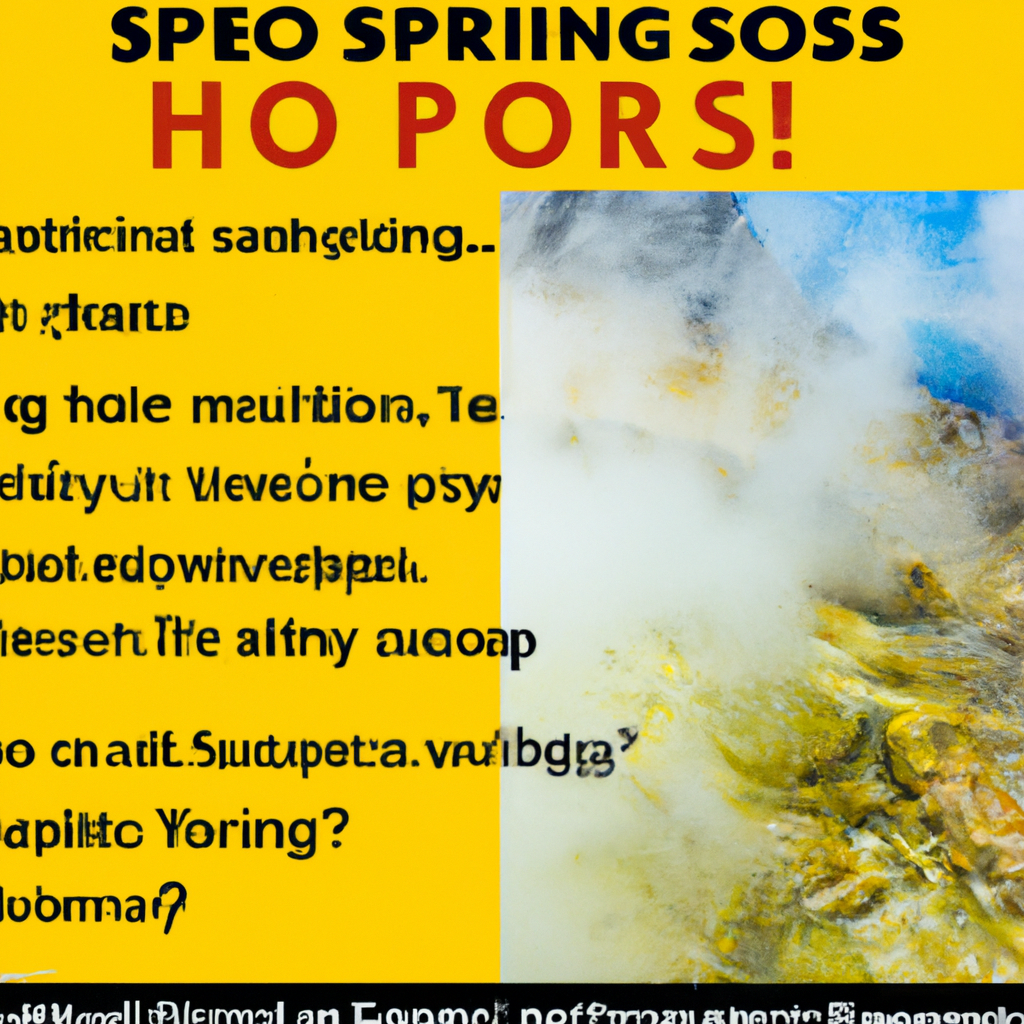Have you ever visited a hot spring and been greeted by a distinctive smell of rotten eggs? You̵7;re not alone. In this article, we explore the fascinating science behind why some hot springs emit the pungent odor of sulfur. From the chemical reactions taking place deep within the Earth to the unique microorganisms living in these environments, we uncover the secrets behind this curious phenomenon. So, next time you encounter that unmistakable scent, you’ll have a better understanding of the science at work.
Introduction to sulfur compounds
When you visit a hot spring and catch a whiff of that unmistakable rotten egg smell, you may wonder what causes it. The answer lies in the presence of sulfur compounds. Sulfur is a chemical element that is widely found in nature, and it has a distinct odor that is often described as pungent and unpleasant. In hot springs, sulfur compounds are responsible for that distinct smell and play a crucial role in shaping the unique characteristics of these geothermal ecosystems.
The role of bacteria in producing sulfur compounds
Bacteria are key players in the production of sulfur compounds in hot springs. Specifically, sulfate-reducing bacteria are responsible for converting sulfate ions into hydrogen sulfide (H2S). This process occurs in an anaerobic environment where these bacteria thrive. As they break down organic matter, they produce H2S, which is notorious for its foul smell. These bacteria have a symbiotic relationship with their host organisms, such as plants and animals, and contribute to the overall ecosystem of the hot spring.

Geological processes and sulfur emissions
Geological processes also contribute to sulfur emissions in hot springs. Volcanic activity is one such process that releases sulfur-rich magma, which eventually reaches the surface and mixes with water in hot springs. Additionally, hydrothermal systems, which involve the circulation of water deep within the Earth’s crust, can carry sulfur compounds to the surface. This combination of volcanic activity and hydrothermal systems results in the presence of sulfur minerals in geothermal areas, leading to the release of sulfur compounds in hot springs.
Chemical reactions and sulfur release
Chemical reactions play a significant role in the release of sulfur compounds in hot springs. Thermal decomposition of sulfur-containing compounds occurs when heated water interacts with minerals that contain sulfur. This process leads to the release of sulfur gas, including hydrogen sulfide. Another important chemical reaction is the oxidation of sulfides, which produces sulfur dioxide (SO2). These reactions occur in the presence of oxygen and contribute to the overall sulfur aroma in hot springs. Additionally, various redox reactions can transform sulfur compounds and release them into the surrounding environment.
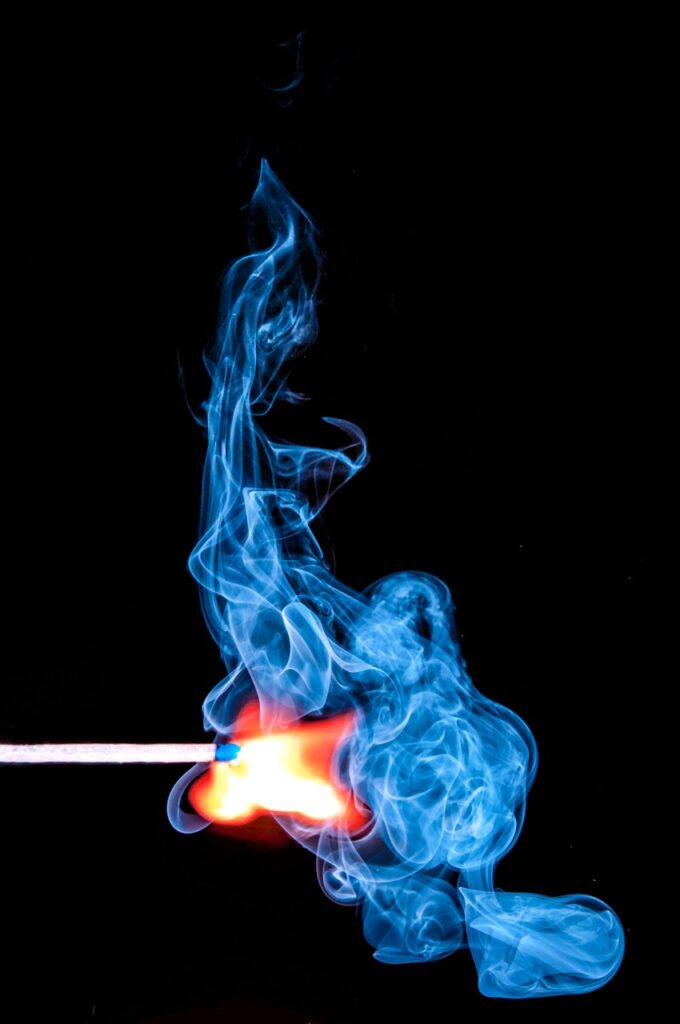
Effects of temperature and pressure on sulfur odor
Temperature and pressure exert a significant influence on sulfur odor in hot springs. Different volatile sulfur compounds exhibit varying volatilities at different temperatures. For example, hydrogen sulfide is more volatile at higher temperatures, leading to a stronger smell. Thermodynamics also play a role in sulfur reactions within hot springs. As temperature and pressure change, the equilibrium of various sulfur compounds can shift, impacting the overall emission of sulfur odor. Furthermore, temperature and pressure affect the activity of bacteria responsible for sulfur production, ultimately influencing the intensity of the sulfur smell.
Sulfur Compounds in Hot Springs
Hot springs are known for their rich diversity of sulfur compounds. Some of the most commonly encountered sulfur compounds include hydrogen sulfide (H2S) and sulfur dioxide (SO2). Hydrogen sulfide is the primary compound responsible for the distinct rotten egg smell in hot springs. It is highly volatile and has a low odor threshold, meaning even small concentrations can be detected by our sense of smell. Sulfur dioxide, on the other hand, has a sharp, pungent odor and can contribute to the overall aroma of hot springs. In addition to these two compounds, there are several other sulfur compounds that can be found in hot springs, adding to the complex chemistry and unique character of these extraordinary natural wonders.
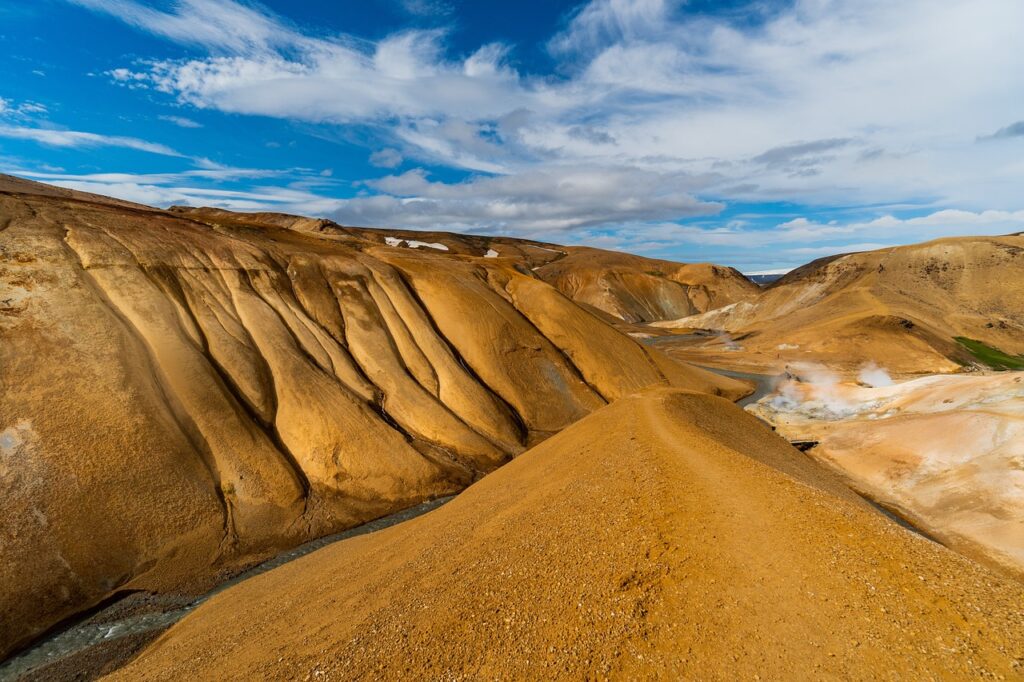
The Role of Bacteria in Sulfur Production
Bacteria are essential contributors to sulfur production in hot springs. Sulfate-reducing bacteria are particularly significant in generating the distinct sulfur smell. These bacteria use sulfate ions as an electron acceptor during their metabolic processes, converting them to hydrogen sulfide. This reduction produces hydrogen sulfide gas, which is highly volatile and responsible for the foul odor associated with sulfur. The anaerobic decay of organic matter in hot springs leads to the formation of sulfuric acid, increasing the concentrations of hydrogen sulfide and intensifying the sulfur smell. Bacterial activity in hot spring ecosystems also helps maintain nutrient cycles and supports the overall functioning of these unique environments.
Geological Processes and Sulfur Emissions
The geological processes that occur in and around hot springs contribute to sulfur emissions and the presence of sulfur minerals. Volcanic activity plays a significant role in releasing sulfur-rich magma, which contains high concentrations of sulfur compounds. As this magma rises towards the surface, it interacts with water, forming hot springs that exhibit high levels of sulfur. Additionally, hydrothermal systems, which involve the movement of water deep within the Earth’s crust, can carry sulfur compounds and deposit them in hot springs. The tectonic activity associated with geothermal areas can also influence the release of sulfur compounds, shaping the chemistry and smell of hot springs.
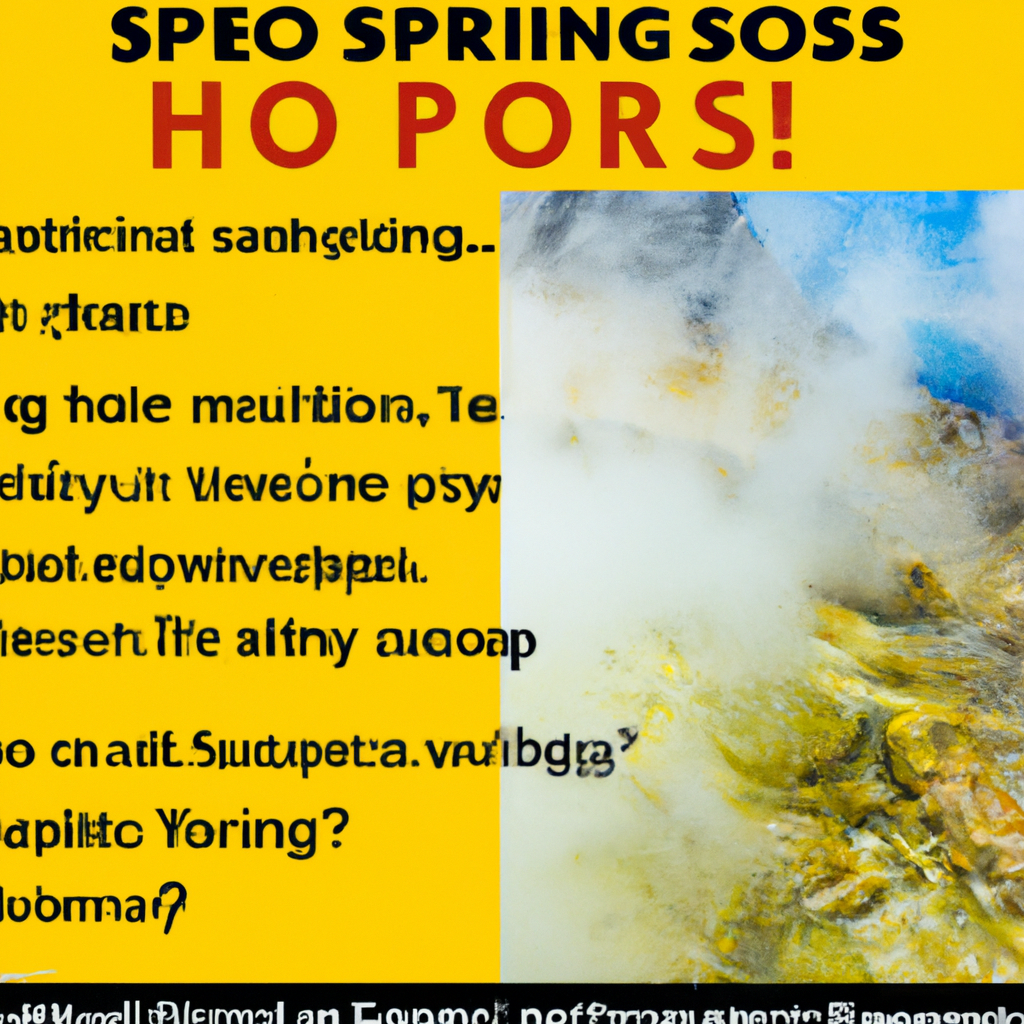
Chemical Reactions and Sulfur Release
Chemical reactions occurring in hot springs contribute to the release of sulfur compounds and the subsequent odor. When heated water interacts with minerals containing sulfur, thermal decomposition occurs. This reaction results in the release of sulfur gas, including hydrogen sulfide. Another crucial chemical reaction is the oxidation of sulfides, which produces sulfur dioxide. This reaction occurs in the presence of oxygen and can contribute to the overall sulfur aroma in hot springs. Redox reactions, involving the transfer of electrons, can transform sulfur compounds and release them into the surrounding environment, further impacting the sulfur smell in hot springs. The pH of the water in hot springs also plays a role in the generation of sulfur odor, as it influences the reactions involving sulfur compounds.
Effects of Temperature and Pressure on Sulfur Odor
Temperature and pressure have noticeable effects on the intensity of sulfur odor in hot springs. Different volatile sulfur compounds exhibit varying volatilities at different temperatures. At higher temperatures, hydrogen sulfide becomes more volatile, resulting in a stronger smell. Changes in temperature and pressure can also significantly impact the equilibrium of various sulfur compounds, altering their emission rates and subsequent odor. The activity of bacteria responsible for sulfur production is also influenced by temperature and pressure, ultimately affecting the overall sulfur smell in hot springs.
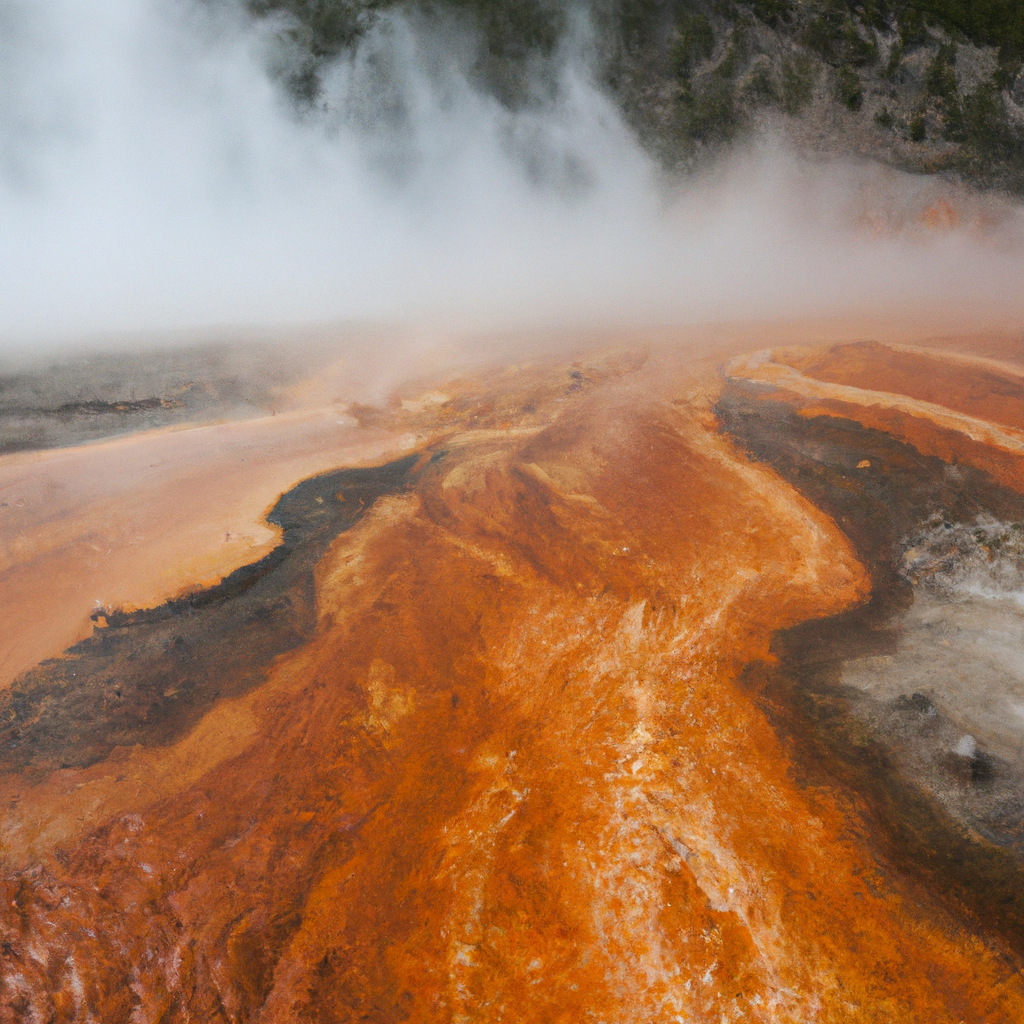
Health and Environmental Implications
While the sulfur smell in hot springs may be off-putting to some, there are health risks associated with exposure to sulfur compounds as well. Hydrogen sulfide, even at low concentrations, can be toxic and cause various health issues such as eye irritation, respiratory problems, and nausea. Long-term exposure to sulfur compounds can have more severe effects on human health. Therefore, it is important to be aware of the potential health risks when visiting hot springs and take necessary precautions, such as avoiding prolonged exposure or using protective measures like face masks. Additionally, the environmental impact of sulfur emissions in hot springs should be carefully considered to ensure the preservation of these precious ecosystems.
Controlling Sulfur Smell in Hot Springs
Efforts are being made to control and minimize sulfur odor in hot springs, particularly in areas where geothermal operations are prevalent. Sulfur removal techniques have been developed to mitigate the release of sulfur compounds from geothermal sources. These techniques involve capturing and treating the gas emissions to reduce their impact on the surrounding environment and mitigate the associated sulfurous smell. Furthermore, water treatment methods can be employed to reduce the sulfur odor in hot springs by removing or diminishing the sulfur compounds present in the water. Engineering solutions are also being explored to minimize sulfur emissions and ensure a balance between reducing odor and preserving the natural systems of hot springs.
Sulfur Odor in Hot Springs Worldwide
Hot springs worldwide exhibit a wide range of sulfur aroma intensities. Some famous hot springs are known specifically for their strong sulfur smell, such as the geothermal areas of Yellowstone National Park in the United States or the volcanic region of Hakone in Japan. However, the intensity of the sulfur smell can vary regionally, depending on factors such as the geology of the area, the types of sulfur compounds present, and the temperature and pressure conditions. The cultural significance of sulfur-scented hot springs is also worth mentioning, as they are often associated with traditional healing practices and spa therapies. The tourism implications of these sulfur-scented hot springs can attract visitors seeking unique experiences and therapeutic benefits.
Future Research and Understanding
There is still much research to be done to fully understand the science behind sulfur compounds in hot springs. Advancements in analyzing sulfur compounds and their interactions in hot spring environments can provide valuable insights into the complete sulfur cycle. By unraveling the microbial diversity and metabolism of sulfur, scientists can gain a deeper understanding of the intricate processes at play. This knowledge will not only contribute to our understanding of hot spring ecosystems but also offer potential applications in alternative energy sources. Further research can also shed light on the implications of sulfur compounds in other natural environments, expanding our knowledge of how sulfur impacts our planet.
